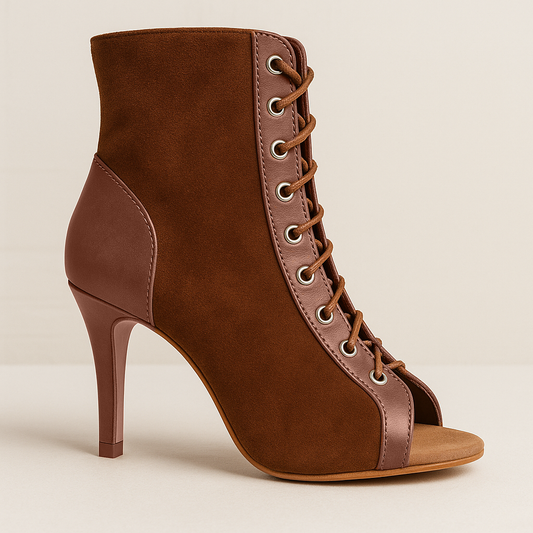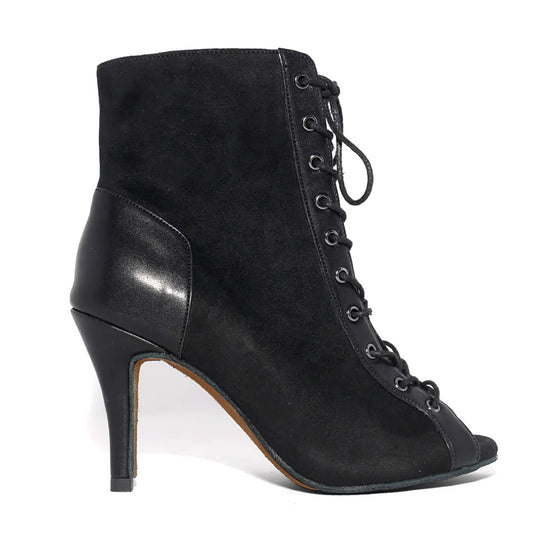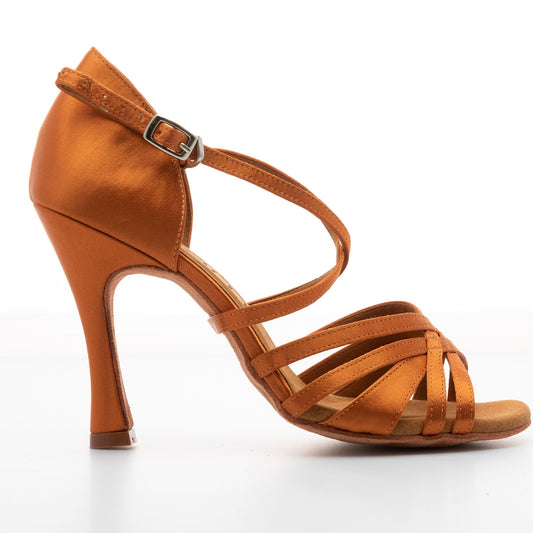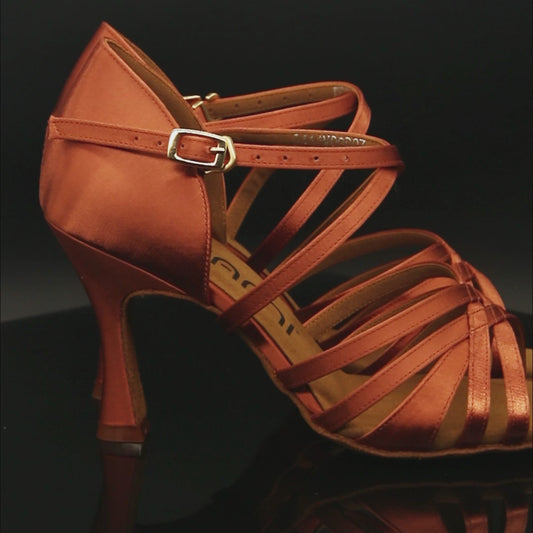
Photo Credit: Bone Joint
As a dancer, your feet are your compass, guiding you across the floor, tracing invisible patterns in the air. But beneath the grace lies a delicate balance—a dance between strength and vulnerability.
Foot health—it’s the heartbeat of our art. Our feet, those tireless partners, carry us through spins, leaps, and quiet moments of stillness. They absorb the floor’s secrets—the whispers of past dancers, the echoes of passion. And yet, they’re not invincible.
Picture the stage: the spotlight narrows, the music swells, and you step into the spotlight. Your feet—arches like bridges, metatarsals like piano keys—become storytellers. They tell tales of endurance, flexibility, and resilience. But they also harbor secrets—the quiet aches, the blisters, the tender spots.
How do we honor our feet?
-
Listen: When they whisper, listen. Pain isn’t applause; it’s a plea for attention. Those twinges after a fiery performance? Acknowledge them. Rest, ice, elevate—the healing waltz begins.
-
Warm-Up Rituals: Before the tango or the cha-cha, honor your feet with a gentle prelude. Stretch those tendons, awaken the ligaments, and let blood flow like a salsa beat. Your feet will thank you.
-
Terrain Awareness: The dance floor is your canvas, but watch out for hidden potholes. Uneven surfaces, stray pebbles, and rogue dance partners—stay vigilant. Your feet are your compass; let them lead you safely.
-
Footwear Etiquette: Swap those stilettos for supportive dance shoes. Let your feet breathe, wiggle, and find their rhythm. And remember, blisters are not battle scars; they’re love notes from your shoes.
Below we outline causes and preventions for some of the most common foot injuries and ailments.
Bunions: Causes and Prevention
A bunion is a bony bump that forms on the joint at the base of your big toe. It occurs when some of the bones in the front part of your foot shift out of place, causing the tip of your big toe to get pulled toward the smaller toes. This results in the joint at the base of your big toe sticking out. Here’s what you need to know:
Causes of Bunions:
-
Inherited Foot Type: Genetics play a significant role. If a parent or sibling has bunions, you’re more likely to develop them as well. Approximately 70% of people with bunions have a family history of this condition1.
-
Foot Stress or Injuries: Repeated pressure and friction on the toe joint can contribute to bunion formation. High-impact activities or ill-fitting footwear may exacerbate the problem.
-
Deformities Present at Birth: Some individuals have structural abnormalities in their feet from birth, which can predispose them to bunions.
Risk Factors:
Certain factors increase your risk of developing bunions:
-
High Heels: Wearing high heels forces your toes into the front of your shoes, crowding them and potentially leading to bunions.
-
Ill-Fitting Shoes: Tight, narrow, or pointed shoes can contribute to bunion development. Ensure your shoes have enough room for your toes.
-
Rheumatoid Arthritis: Inflammatory conditions, such as rheumatoid arthritis, may make you more susceptible to bunions.
-
Heredity: An inherited problem with the structure or anatomy of your foot can play a role2.
Symptoms of Bunions:
- A bulging bump on the outside of the base of your big toe.
- Swelling, redness, or soreness around your big toe joint.
- Corns or calluses where the first and second toes rub against each other.
- Ongoing pain or limited movement of your big toe.
Preventive Measures:
-
Choose Proper Footwear:
- Opt for shoes with a wide toe box to allow your toes room to move.
- Ensure there’s space between the tip of your longest toe and the shoe end.
- Avoid high heels and pointy-toed shoes.
-
Self-Care:
- Wear comfortably fitting shoes.
- Use non-medicated bunion pads.
- Tape the foot into a normal position with professional guidance.
- Apply ice to reduce pain and inflammation.
Remember, early intervention and proper footwear can help prevent bunions from worsening

Photo Credit: Orthoinfo
Metatarsalgia: Causes and Prevention
Metatarsalgia refers to pain and inflammation in the ball of the foot, specifically the metatarsal bones—the long bones in the front of your feet, just below your toes. Here’s what you need to know:
Causes:
-
Intense Training or Activity:
- Distance runners and high-impact sports enthusiasts are at risk due to the significant force absorbed by the front of the foot during activities like running and jumping.
- Ill-fitting or worn-out shoes can exacerbate the condition.
-
Foot Shape and Mechanics:
- High arches or an atypical walking pattern can stress the metatarsals.
- Having a second toe longer than the big toe shifts weight to the second metatarsal head.
-
Foot Deformities:
- Wearing tight shoes or high heels can misshape the foot.
- Conditions like hammertoe (a downward-curling toe) and bunions contribute to metatarsalgia.
-
Excess Weight:
- Extra pounds increase pressure on the metatarsals during movement.
Preventive Measures:
-
Choose Supportive Footwear:
- Opt for shoes with cushioned heels and proper arch support.
- Avoid high heels and shoes that squeeze the toes.
-
Maintain Healthy Weight:
- Excess weight strains the metatarsals.
-
Stretch Regularly:
- Stretch the plantar fascia and Achilles tendon before exercise.
-
Avoid Hard Surfaces:
- Minimize high-impact activities on unforgiving surfaces.
Plantar Fasciitis: Causes and Prevention
Plantar Fasciitis involves inflammation of the plantar fascia—a thick band of tissue connecting the heel bone to the toes. Here’s what you should know:
Causes:
-
Tension and Stress:
- The plantar fascia can tear due to excessive stretching and stress.
- Overuse, rapid activity increase, and obesity contribute.
-
Foot Mechanics:
- Flat feet or high arches affect weight distribution and stress the fascia.
-
Occupations and Activities:
- Jobs requiring prolonged standing or walking on hard surfaces increase risk.
Preventive Measures:
-
Cushioned Heel Shoes:
- Opt for footwear with heel cushioning.
-
Maintain Healthy Weight:
- Excess weight adds pressure to the plantar fascia.
-
Stretch Regularly:
- Stretch the plantar fascia and Achilles tendon before exercise.
-
Seek Help Early:
- Address pain promptly to prevent chronic heel issues.
Remember, proper footwear, weight management, and early intervention play crucial roles in preventing and managing both conditions.

Photo Credit: Oregon Foot Clinic
Hallux Rigidus or Hallux Limitus is a condition that affects the joint at the base of the big toe. Dancers, who rely heavily on their feet for precise movements, can experience discomfort and limited mobility due to this condition. Let’s explore it further:
Causes:
-
Degenerative Changes: Over time, wear and tear can lead to the thickening of the joint cartilage, causing stiffness and reduced movement.
-
Trauma or Injury: Repetitive stress or a single traumatic event can damage the joint, leading to restricted motion.
-
Anatomical Factors: Certain foot structures, such as a long first metatarsal bone or a shallow joint socket, predispose individuals to hallux rigidus.
Symptoms:
- Pain and Stiffness: The joint becomes painful, especially during activities that involve bending the toe upward (like relevés).
- Limited Range of Motion: Dancers may struggle with demi-pointe movements or find it challenging to push off the big toe.
Preventive Measures and Management:
-
Footwear:
- Choose shoes with a wide toe box to reduce pressure on the joint.
- Avoid high heels and tight-fitting shoes.
-
Orthotics and Inserts:
- Custom orthotics can provide support and cushioning.
- Toe spacers may help maintain joint space.
-
Physical Therapy:
- Strengthening exercises and stretches can improve joint flexibility.
- Massage and manual therapy can alleviate pain.
-
Rest and Ice:
- Rest the foot when symptoms flare up.
- Apply ice to reduce inflammation.
-
Medical Consultation:
- If pain persists, consult a podiatrist or orthopedic specialist.
- In severe cases, surgical options may be considered.
Remember, early intervention and proper care can help manage hallux rigidus and allow dancers to continue their passion with less discomfort. 🩰🦶💃.

Photo Credit: Straits Podiatry
Hammertoe is a condition where the toe joints bend abnormally, causing pain and difficulty in movement. It often results from prolonged use of high heels or ill-fitting shoes. Here’s what you need to know:
Causes:
-
Footwear: Wearing high heels or shoes that squeeze the toes can force the toe joints into an unnatural position over time.
-
Muscle Imbalance: Weak toe muscles and tight tendons can lead to toe deformities.
-
Genetics: Some people are more prone to developing hammertoes due to their inherited foot structure.
Symptoms:
- Toe Deformity: The affected toe(s) bend downward at the middle joint, resembling a hammer or claw.
- Pain and Discomfort: Walking, standing, or wearing shoes can be painful.
- Corns and Calluses: Due to friction and pressure from shoes.
Preventive Measures:
-
Choose Proper Footwear:
- Opt for shoes with a wide toe box to allow toes to spread naturally.
- Avoid high heels and pointy-toed shoes.
-
Toe Exercises:
- Strengthen toe muscles with exercises like picking up marbles with your toes.
-
Orthotics and Pads:
- Custom orthotic inserts can help maintain proper toe alignment.
- Gel pads can reduce pressure on corns and calluses.
-
Stretching:
- Gently stretch the toes and calf muscles regularly.
-
Medical Consultation:
- If you notice toe deformities or experience pain, consult a podiatrist.
- In severe cases, surgical correction may be necessary.
Remember, early intervention and proper footwear play a crucial role in preventing and managing hammertoes. 🦶👠

Photo Credit: Jaws Podiatry
Top 5 Things to Do to Prevent Foot Pain in Heels
-
Choose the Right Footwear: Opt for heels that fit well and provide adequate toe room. Avoid extremely high heels and choose shoes with cushioning and support.
Photo Credit: City Magazine
-
Proper Foot and Leg Warm-Up: Engage in stretches and exercises to prepare your feet and legs for the demands of dancing in heels. This helps reduce the risk of injuries and strains.

Photo Credit: Dance Magazine
-
Regular Foot Care: Regular visits to a podiatrist can help address minor issues before they become major problems. Treatments like massages, icing, and the use of appropriate foot care products can also be beneficial.

Photo Credit: Europerio 7
-
Avoid Dancing Through Pain: Listen to your body and rest when needed. Pushing through foot pain can lead to more severe injuries and prolonged recovery times.

Photo Credit: Dance Spirit
-
Strengthening and Conditioning Exercises: Incorporate exercises that strengthen the foot and ankle muscles, as well as those that improve flexibility and balance. These exercises can help mitigate the stress placed on your feet by high heels.

Photo Credit: Medical News Today
Conclusion: Dancing in heels doesn't have to be painful. By understanding the causes of foot pain and taking proactive steps to prevent it, dancers can continue to enjoy their passion with grace and comfort.







